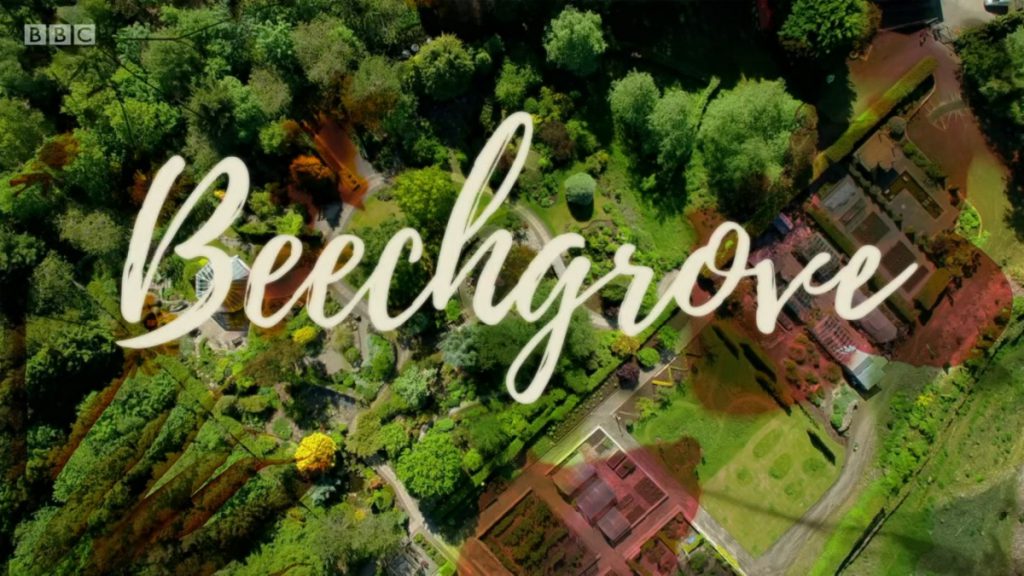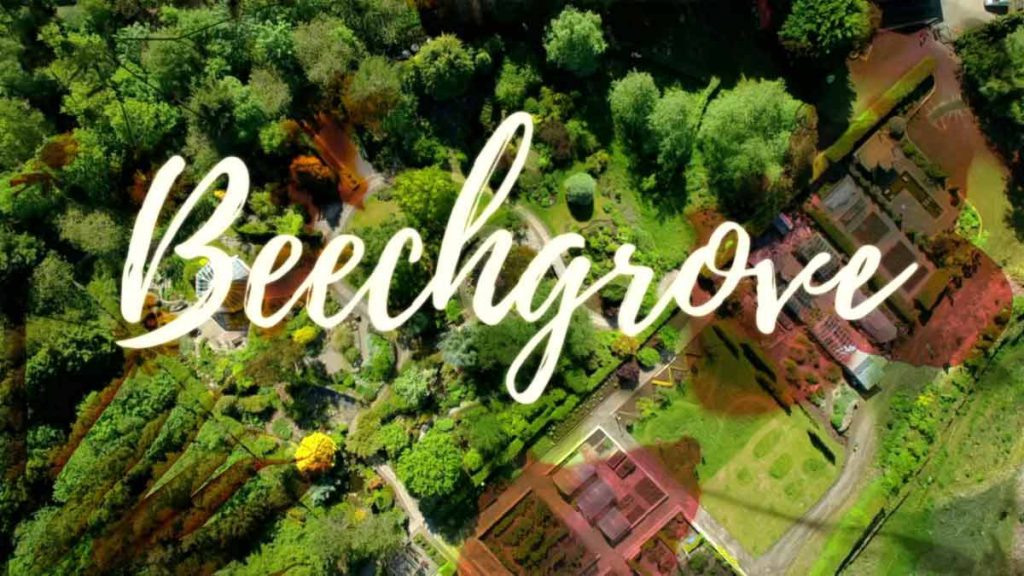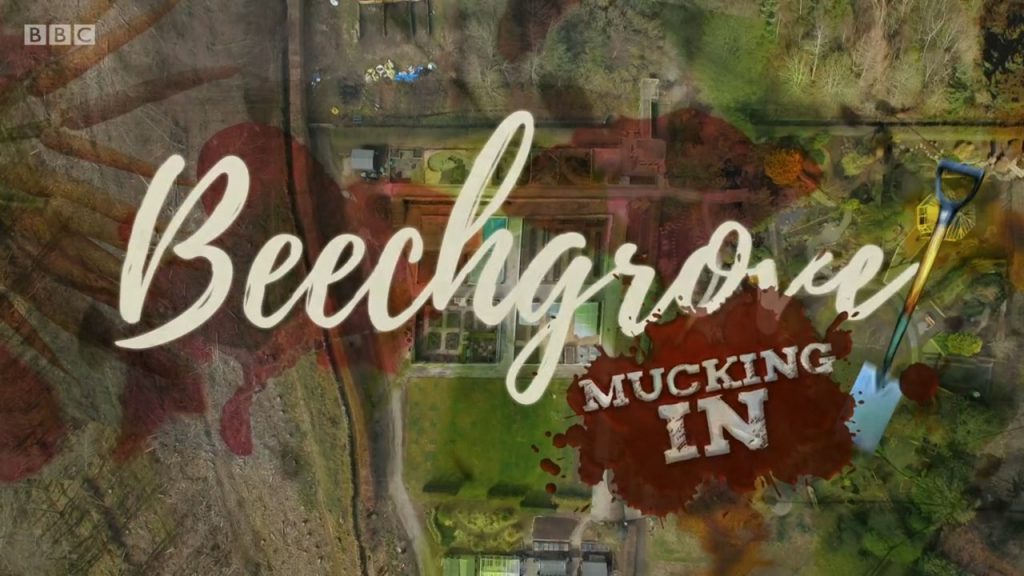The Beechgrove Garden 2022 episode 15: George and Calum share more great advice from the Beechgrove garden, and Carole visits the magnificent gardens at Douneside House, where she meets some of the trainee horticulturalists based there. George and Calum answer viewers’ questions, and there is an update from Diana Yates and her garden in the Borders.
Celebrating the great Scottish garden. Tips and advice to get the most out of your garden, with inspirational ideas from Scotland’s most beautiful green spaces. The Beechgrove Garden has been on air since 1978 and remains a firm favourite with audiences in Scotland. It consistently outperforms what is being screened by BBC Network in the same slot. At the heart of the series is a 2.5 acre home garden, situated on a cold, inhospitable slope west of Aberdeen, deliberately chosen to reflect Scotland’s harsher climate.
Horticultural advice in gardening magazines and on UK network gardening programmes is rarely suitable for most of the UK outside the South East of England. Beechgrove shares with its viewers the weekly challenge to work with the Scottish conditions to produce maximum yield of as many varieties as possible of fruit, flowers and vegetables.
The Beechgrove Garden 2022 episode 15
Controlling pests and diseases without chemicals
As chemical control choices diminish and concerns for health and the natural environment increase, it’s important to know how to deal with problems. Keeping your plants healthy by good cultivation and sanitation is the best way to prevent pest and disease problems. But despite our best efforts, some diseases can blow in or the weather encourage a sudden increase in pest numbers.
Diseases are especially difficult to control once they take hold. The vegetable and fruit garden is of special concern. Here, there are no fungicides on the market for home gardeners to treat fungal infections of edibles grown outdoors. This includes diseases such as peach leaf curl and apple scab.
Nip pest populations in the bud before they boom. Use sticky traps or pheromone traps for pests such as whitefly, codling moth and plum moth. Traps may not kill large numbers, but they do play a role in monitoring population rises. In the case of Integrated Pest Management (IPM) – a strategy that uses a combination of control techniques to reduce damage – traps are used as a way to minimise chemical inputs, as they help identify the ideal time to spray.




